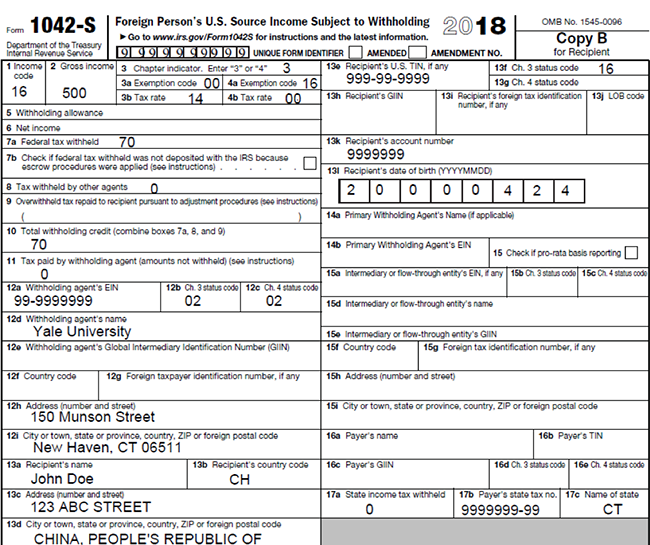

The narrative was essentially a history of that residential school. The Canadian government was also required to prepare a narrative on each of the residential schools. The IRSSA required the government of Canada to provide information about the IAP claimants, the residential school in question and information about alleged perpetrators (persons of interest (POI) reports) and allegations of abuse at a particular school. Parties could call witnesses, but the adjudicator asked the questions. There was no right of cross-examination by any alleged perpetrator. It detailed the harm or abuse, with dates, times and those who did wrong, and requested compensation.Īt a hearing before an adjudicator, the adjudicator assessed the credibility of the claimant’s claim and the harm to the claimant and determined the appropriate compensation. The IAP was a form of litigation, although a modified form that was supposed to reflect the sensitive nature of the claimants and claims.Ī claimant commenced the IAP process with an application not unlike a civil claim. Counsel for the parties may suggest questions or areas to explore to the adjudicator but they do not question claimants directly. The adjudicator presiding over the hearing is charged with asking questions to elicit the testimony of claimants.

The hearings are to be inquisitorial in nature and the process is designed to minimize further harm to claimants. … a modified adjudicative proceeding for the resolution of claims of serious physical or sexual abuse suffered while at a residential school. Supreme Court described the IRSS as a “Canada-wide settlement encompassing residential school operations spanning more than a century and includes an estimated 79,000 class members in total.”Īrticle 6 of the IRSSA established the Independent Assessment Process (IAP) as the way for claimants to seek compensation. The IRSSA was negotiated between churches, the federal government, the Assembly of First Nations and other Indigenous organizations and former students. In May, 2006, the Indian Residential School Settlement Agreement (IRSSA) was finalized. The Residential Schools Settlement Agreement (IRSSA)

To understand the approach taken to the litigation, let’s first look at the residential schools claims resolution process. Anne’s Indian Residential School in Fort Albany, Ontario. Initially, government lawyers fought claims for compensation arising from an electric chair and other wrongs at St. We know little about these children including who they were and the circumstances of their deaths.Īmid this news, it is interesting to think of the positions taken by the federal government and its lawyers in at least some residential schools proceedings. The Truth and Reconciliation Commission of Canada has records of at least 51 children dying at the Kamloops Residential School between 19. The school was operated by the Catholic Church between 18, when the federal government took over. That sites like this may exist elsewhere in Canada. Recently, the remains of 215 children were discovered in unmarked mass graves on the site of Kamloops Residential School.


 0 kommentar(er)
0 kommentar(er)
